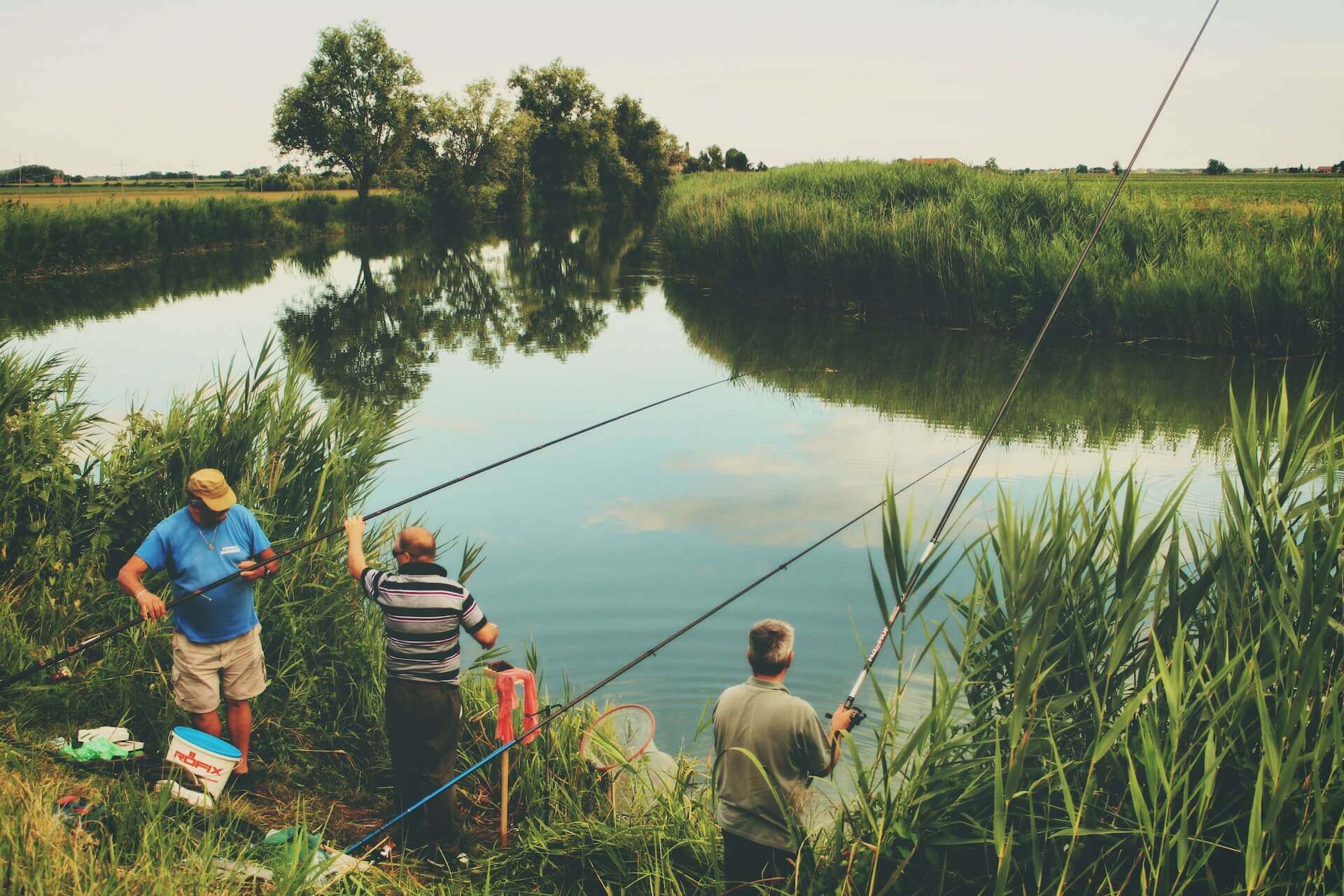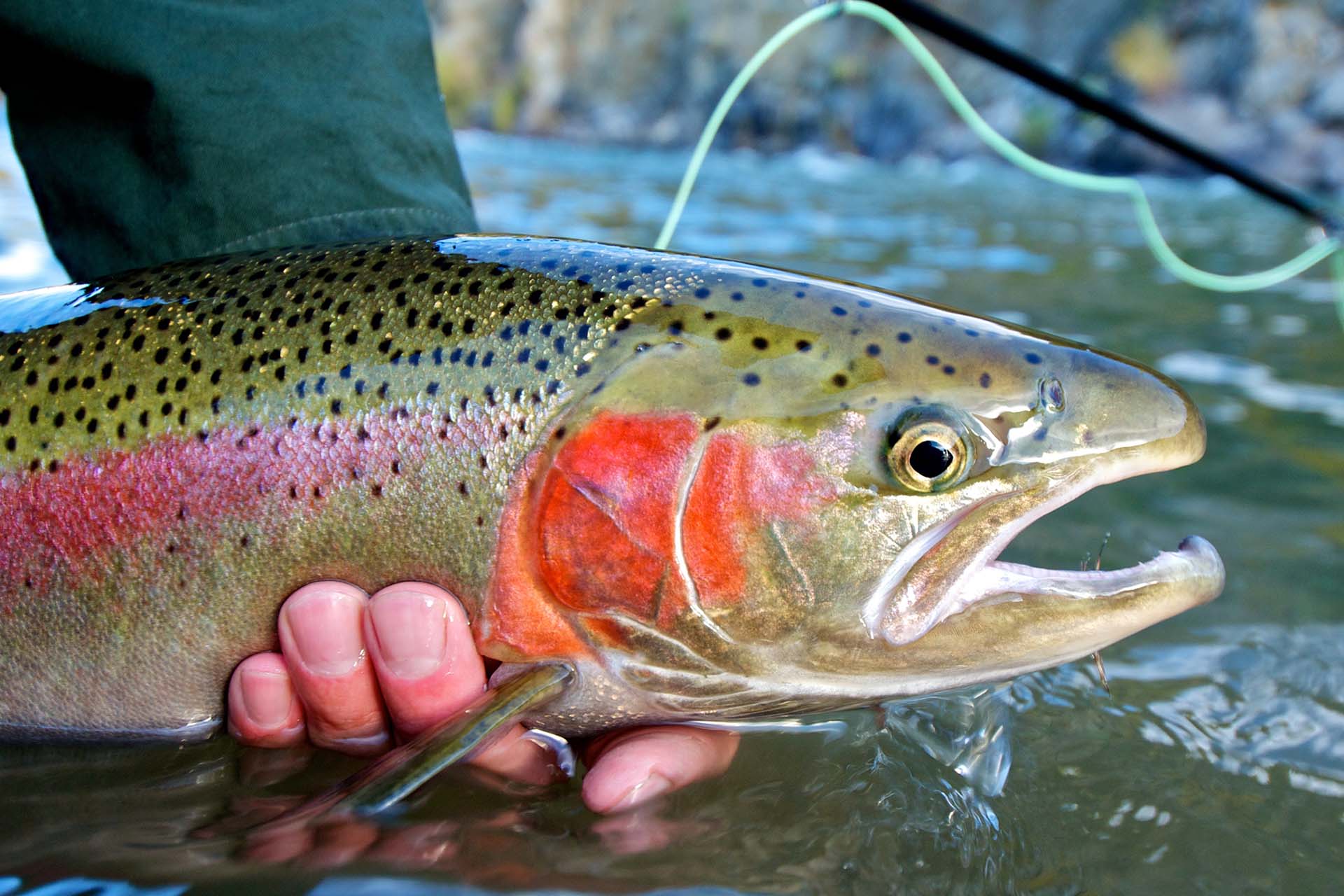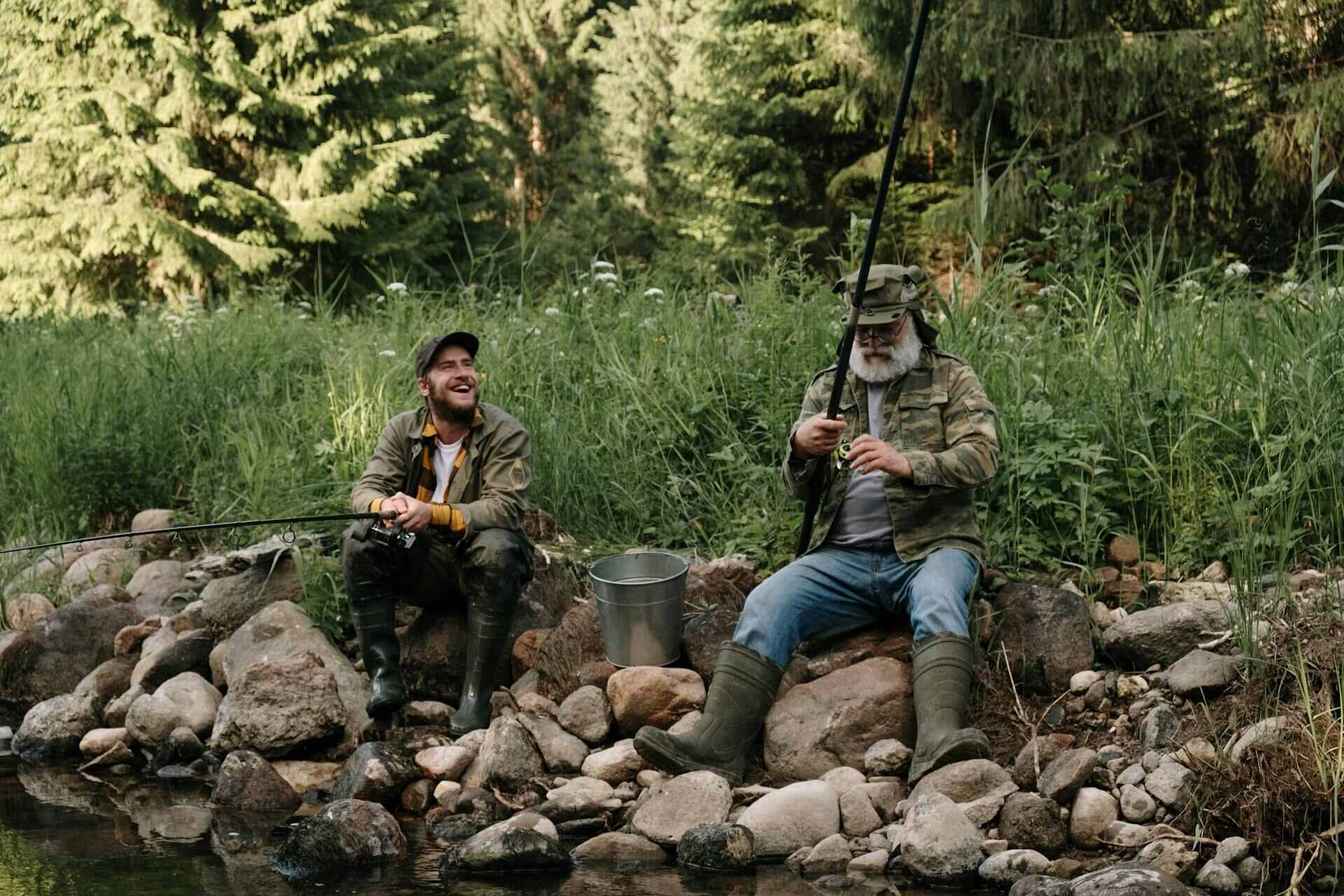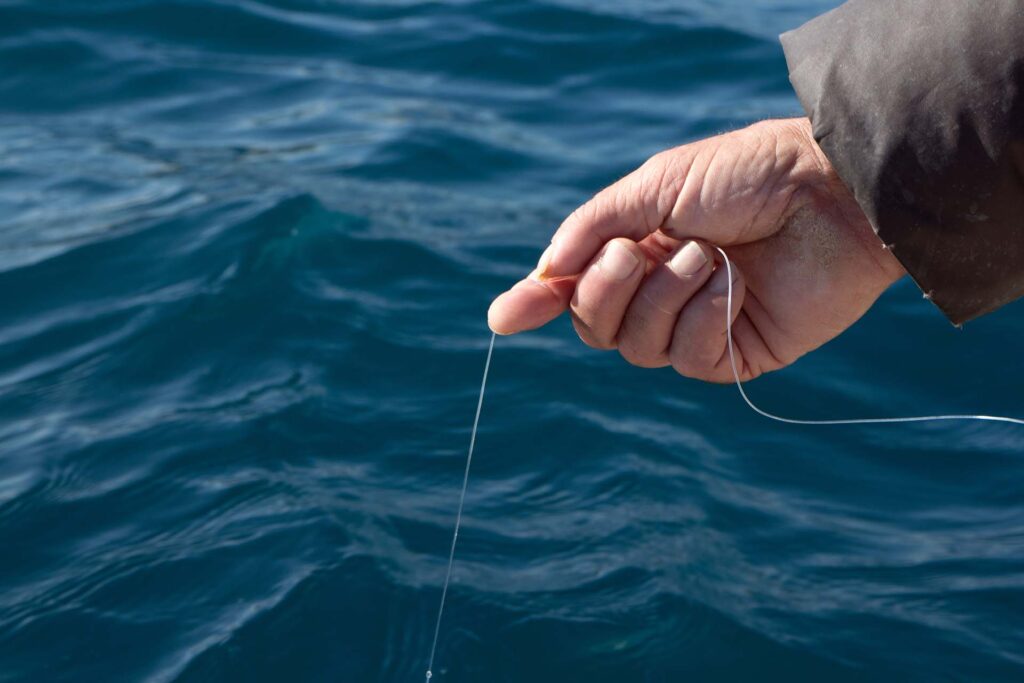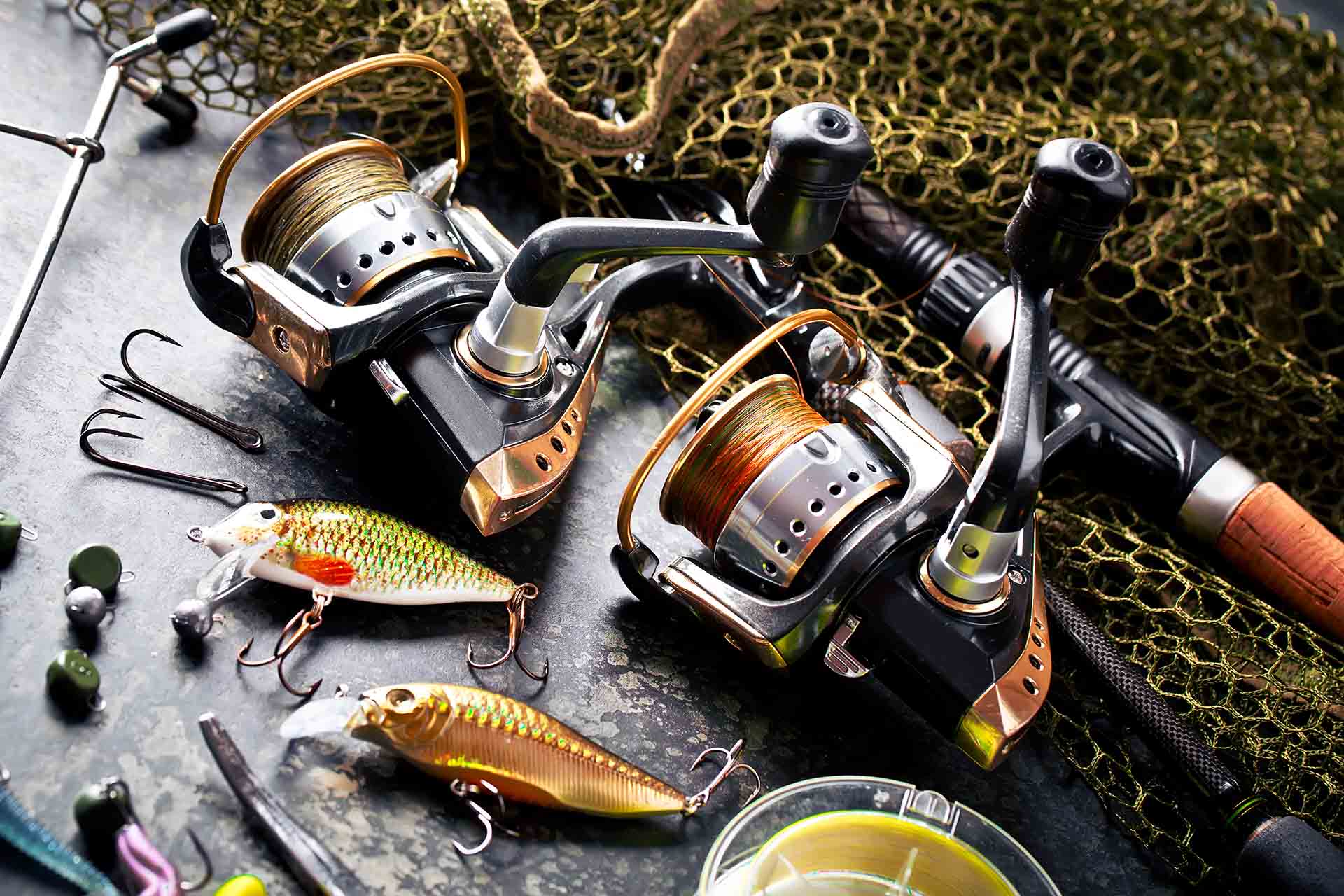Are you tired of waiting all day for a bite on your line? No need to worry – with the right technique and tricks, figuring out how to make fish bite bait is not that difficult. Whether you’re just getting started with the hobby or are already an experienced fisherman, your trips will be worthwhile once you know these useful tips. So, let’s dive into what you can do to take your game up a notch.
Understand the Type of Fish You’re Trying to Catch
No matter your chosen fishing technique, understanding the habits and preferences of your target species is crucial in selecting the right bait. That’s because different species are attracted to different types of bait depending on their feeding behaviors.
For example, bottom-feeding species such as catfish and carp are usually attracted to smelly or stinky baits like chicken liver or cheese. On the other hand, common saltwater fish like tuna and marlin are often caught using artificial lures that imitate the look and movement of small prey or squid. All in all, research and a healthy amount of trial and error will definitely increase the likelihood of getting one of these wonderful creatures at the end of your fishing rod.
Tips for Researching the Preferences of the Fish You’re Trying to Catch
First things first, you can always consult with the more experienced anglers who are knowledgeable about the specific species you can find in your area, and you might pick up some fishing slang on the way. They can provide valuable insights into what types of baits have been successful in the past.
Another option is to research online and read articles or forums focused on the species you’re targeting. In addition to reading up on them, observing the natural environment and looking for signs of what the fish are eating could provide clues on what bait to use. So, put some time and effort into researching and understanding your target’s feeding habits and preferences, and you’ll be better equipped to select the right tackle and increase your chances of a successful catch.

Choose the Right Type of Bait
Once you’re familiar with the common species you’re trying to target, it’ll be easier to determine what equipment is needed for catching them, from the fishing rod all the way to the fish bait at the end of it. But there are so many options out there, and it can get confusing, especially for beginner anglers.
To make things a bit easier, here are the most commonly used baits, along with what you can target and the most effective ways to use them:
| Type of Bait | Species You Can Target | Fishing Techniques |
|---|---|---|
| Worms | Trout, bass, panfish | Bottom fishing, float fishing, jigging |
| Minnows | Bass, pike, walleye, musky | Trolling, drifting, still fishing |
| Crankbaits | Bass, pike, walleye, musky | Casting and retrieving, trolling |
| Spinnerbaits | Bass, pike, musky | Casting and retrieving |
| Crayfish | Bass, catfish, panfish | Bottom fishing, jigging, trolling |
| Insects | Trout, panfish | Fly fishing, still fishing, float fishing |
| Jigs | Bass, crappie, panfish | Jigging, skipping under docks |
| Cut Bait | Catfish, striped bass, large game fish | Bottom fishing, drifting |
| Dough Bait | Carp, catfish, bottom-feeders | Bottom fishing, still fishing |
| Artificial Lures | Bass, trout, pike | Casting and retrieving, trolling |
Tips for Selecting the Right Type of Bait
In addition to researching the species you want to target and the most effective baits for them, it’s important to take into account the location and time of the year you’re fishing, as certain baits may work better in different environments or during specific seasons.
Factors such as water temperature, weather conditions, and time of the day should also be taken into account during selection. It’s also a good idea to bring a variety of options on your fishing trips, so you can switch things up if things are not working as planned.
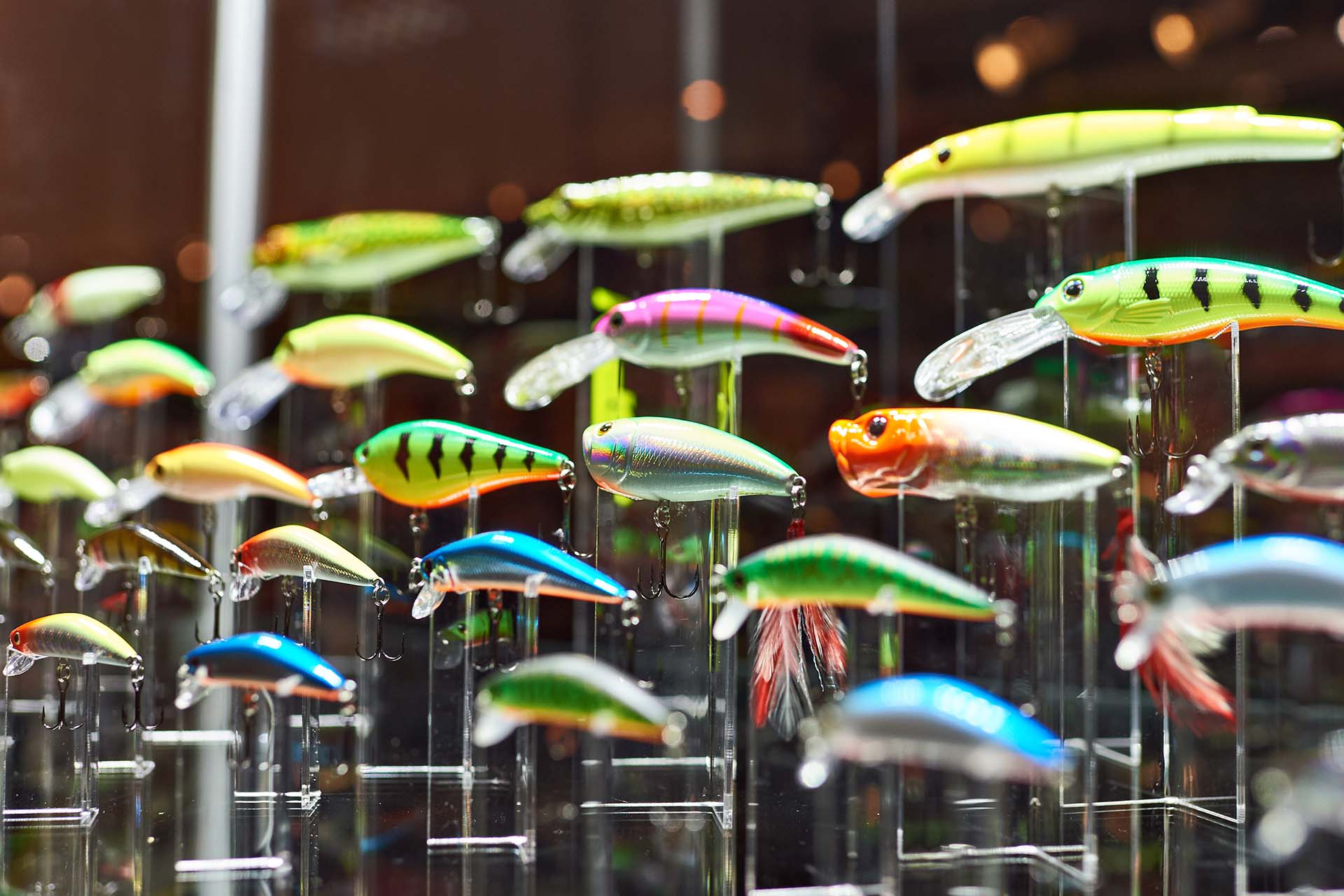
Prepare Your Bait Properly
Figuring out the right type is only half of the whole ordeal – knowing how to prepare your fish bait properly is also essential for a successful day on the water. Start by getting fresh and high-quality baits or artificial lures that are in good condition and free from any damage or wear.
Tips for Preparing Different Types of Bait
Some baits require specific preparation techniques in order to work effectively. For example, when using minnows or worms, keeping them alive and healthy is important by storing them properly and changing the water often. For cut or dough bait, such as shad or herring, the point is to mold it into the right shape and add any necessary scents or flavors.
When handling your chosen baits, avoid touching them with your bare hands, as this can transfer human scent that may discourage your target from biting. If you do it carefully and with a lot of care, you’ll surely end up reeling in quite a few fishy surprises.
Use the Right Fishing Technique
When trying to attract your target species, using the right style of fishing can be a deal-breaker. Different species are attracted to different types of movement and behavior of their prey, so if you’ve done your research thoroughly, you’ll be able to determine just the right technique that will put them into a feeding frenzy.
Each Species Has Its Preferences
Some species, such as bass and pike, are attracted to fast-moving lures or baits that mimic the movements of their natural prey, while others, like catfish and carp, prefer slower-moving lures that have a strong scent or flavor. Species such as trout and panfish are attracted to insects, so it’s best to employ the fly fishing technique, which includes using the tippet line and a lightweight fishing rod.
Additionally, factors such as water temperature, time of day, and weather conditions can impact the style of angling you should use. For example, on a hot summer day, fish may be more likely to be found in deeper, cooler waters, but you’ll probably find them in shallower areas once it’s time to feed.
While this is nowhere near an extensive list, here are some tips for a few popular fishing techniques that involve using various lures:
Casting
Casting is one of the most popular and versatile fishing techniques out there, and it’s fairly straightforward. It involves using a fishing rod to throw bait or lures into the water, and it’s used for various angling styles, from saltwater fishing at night to the delicate technique of nymph fly fishing. By employing this technique, anglers can reach farther distances and target specific areas where fish are likely to be hiding.
The technique requires skill and practice to master, as factors like wind, water current, and weight of the lure can affect the accuracy and distance of the cast. Just make sure to release your grip on the line at the right moment to allow the bait to fly out, and your time spent perfecting this technique won’t be in vain.
Jigging
Jigging is a fishing technique that involves using a weighted lure, called a jog, to bounce up and down in the water so it mimics the movement of natural prey. It’s commonly used for catching bottom-dwelling species such as bass, crappie, and panfish.
Jigging can be done from shore or a boat, and it can be an effective way to land a catch in shallow and deep water. This technique requires a bit of finesse and skill, as anglers need to feel for the subtle movements of their target and adjust their jig accordingly. However, with some skill and patience, you’ll be able to master this challenging technique and reap the rewards.
Trolling
Trolling is a fishing technique that involves dragging a baited line behind a slowly moving boat in order to cover more ground and attract the species you’re targeting. This technique is commonly used for catching game species such as salmon, trout, walleye, and musky. It also requires specialized gear, including downriggers or planer boards, to help keep the bait at a consistent depth.
It’s important to vary the speed and depth in order to find what works best for the specific species you’d like to catch. Once you get the hang of it, trolling can be an effective way to land catches in deep water or over large bodies of water.
Experiment With Different Baits and Techniques
By now, it’s surely clear to you that not all species are attracted to the same types of bait or respond well to the same techniques. That’s why bringing a little bit of experimentation to the whole ordeal is a great way to increase your chances of landing a catch.
If you stay persistent and patient during the trial-and-error phase of your angling career, you can discover what works best for the specific species you’re targeting and the conditions in which you’re angling. As mentioned, don’t be afraid to ask other anglers for advice on what has worked for them in the past, and stay open to new methods and approaches – you never know which one will reel in the heavy hitter you’ve always dreamed of.
Tips for Experimenting With Different Baits and Techniques
Here are some tips for experimenting with new approaches:
- Start with basic techniques and baits, and gradually experiment with variations to see what works best,
- Try different techniques at different times of the day or during different weather conditions to see if there are any patterns or preferences,
- Keep a log of your experiences, noting which techniques and baits were most effective in different conditions,
- Be patient and persistent, as it may take several attempts to find the right combination of bait and technique.
Overall, bring some adventurous spirit to your favorite outdoor pastime, and you’ll see some positive outcomes quickly. It’s a fun and exciting way to explore different aspects of fishing, and it’ll definitely keep the sport fresh and interesting.

When You Learn How to Make Fish Bite Bait It Will Be a Pleasure to Fish
Fishing can be a lot of fun and a great way to relax, but it can also be very challenging if you don’t know what you’re doing. But no matter what your preferred technique is, getting those fishies to bite your bait is all you need to aim for as an angler. So what are you waiting for? It’s time to go out there and throw some lines.

